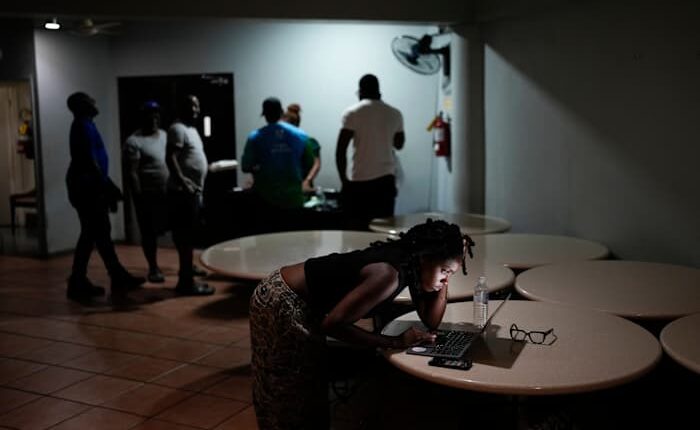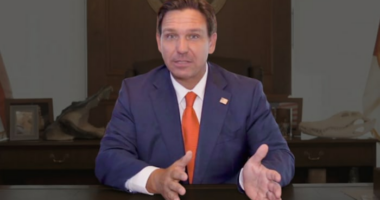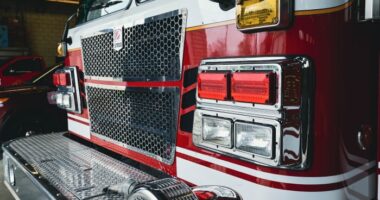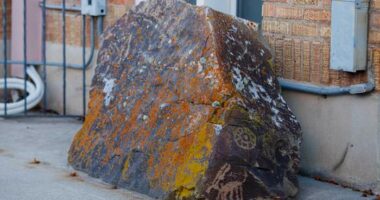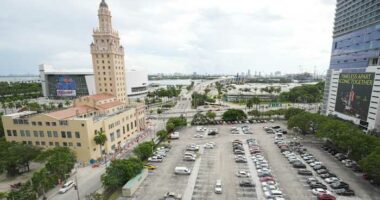Share this @internewscast.com
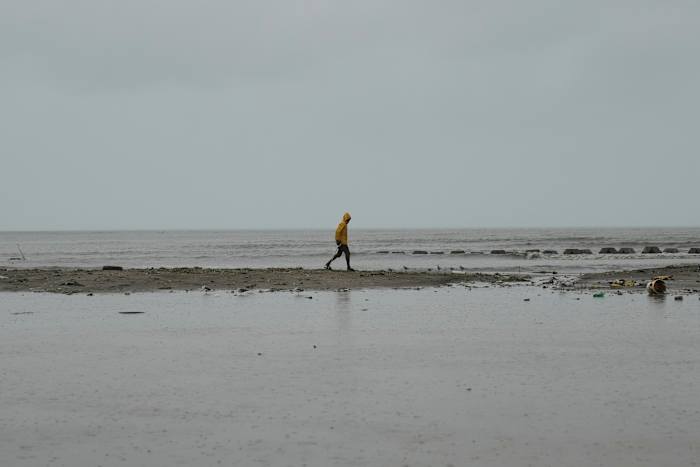
KINGSTON – Jamaica is bracing for the arrival of Hurricane Melissa, a formidable Category 5 storm poised to hit the island on Tuesday. This hurricane is the most powerful to threaten Jamaica since recordkeeping began 174 years ago.
The storm is predicted to make landfall early in the day, following a path that will take it from St. Elizabeth parish in the south to St. Ann parish in the north, according to meteorologists.
In anticipation of the hurricane’s impact, the Jamaican government has issued warnings of potentially devastating damage, assuring the public that all possible preparations have been made.
Prime Minister Andrew Holness remarked, “There is no infrastructure in the region capable of withstanding a Category 5 storm. The primary concern now is how we manage the recovery process. That’s the real challenge we face.”
Already, reports of landslides, uprooted trees, and widespread power outages have surfaced, with Jamaican authorities predicting a lengthy cleanup and damage assessment process.
A dangerous storm surge, potentially reaching up to 13 feet, is anticipated to affect southern Jamaica, raising alarms about the potential impact on coastal hospitals. Health Minister Christopher Tufton noted that some patients have been moved from ground to upper floors in preparation, expressing hope that these measures will mitigate the effects of the surge.
The storm already was blamed for seven deaths in the Caribbean, including three in Jamaica, three in Haiti and one in the Dominican Republic, where another person remains missing.
Jamaica braces for catastrophic damage
Melissa was centered about 150 miles (240 kilometers) southwest of Kingston and about 330 miles (530 kilometers) southwest of Guantánamo, Cuba. The system had maximum sustained winds of 175 mph (280 kph) and was moving north-northeast at 2 mph (4 kph), according to the U.S. National Hurricane Center in Miami.
“We will get through it together,” said Evan Thompson, principal director at Jamaica’s meteorological service.
Colin Bogle, a Mercy Corps advisor based near Kingston, said most families are sheltering in place despite the government ordering evacuations in flood-prone communities.
“Many have never experienced anything like this before, and the uncertainty is frightening,” he said. “There is profound fear of losing homes and livelihoods, of injury, and of displacement.”
Matthew Samuda, Jamaica’s water and environment minister, said he had more than 50 generators available to deploy after the storm, but warned people to set aside clean water and use it sparingly.
“Every drop will count,” he said.
Melissa takes aim at Cuba
Melissa also was expected to make landfall in eastern Cuba late Tuesday as a powerful hurricane.
A hurricane warning was in effect for Granma, Santiago de Cuba, Guantánamo and Holguin provinces, while a tropical storm warning was in effect for Las Tunas. Up to 20 inches (51 centimeters) of rain were forecast for parts of Cuba, along with a significant storm surge along the coast.
Cuban officials said Monday that they were evacuating more than 600,000 people from the region, including Santiago, the island’s second-largest city.
Melissa also has drenched the southern regions of Haiti and the Dominican Republic, with a tropical storm warning still in effect for Haiti.
The hurricane was forecast to turn northeast after Cuba and strike the southeast Bahamas by Wednesday evening.
A hurricane warning was in effect for the southeastern and central Bahamas, and a tropical storm warning was issued for the Turks and Caicos Islands.
___
Coto reported from San Juan, Puerto Rico.
Copyright 2025 The Associated Press. All rights reserved. This material may not be published, broadcast, rewritten or redistributed without permission.
